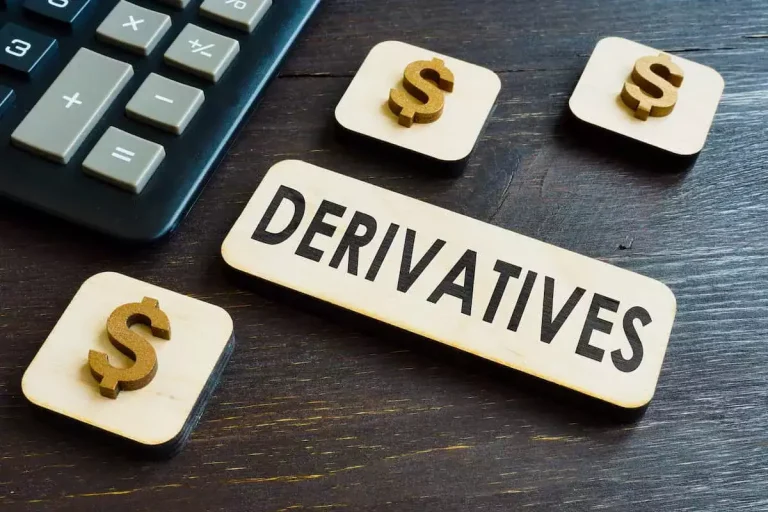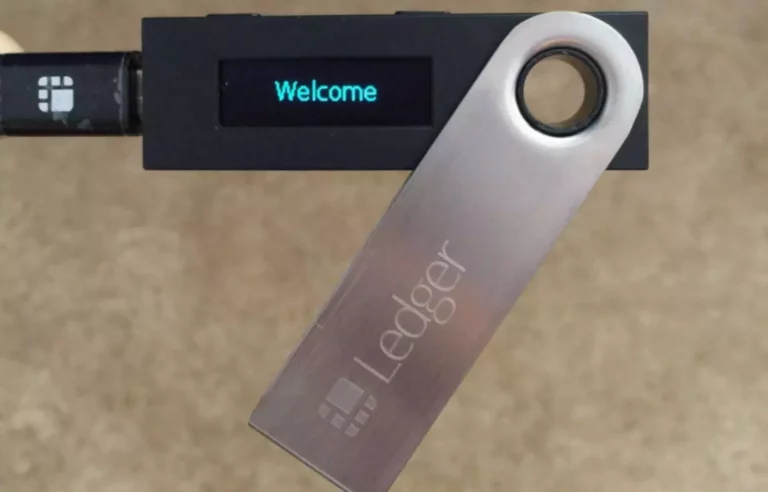Content
Proof of stake substitutes computational power with staking (making it less energy-intensive) and replaces miners with validators, who stake their cryptocurrency holdings to activate the ability to create new blocks. Bitcoin uses a consensus protocol called proof of work (PoW), which includes a network-wide competition to solve a cryptographic problem before the network Smart contract begins confirming and sealing transactions. In September 2022, Ethereum moved to proof of stake (PoS), a set of interconnected upgrades that made Ethereum more secure and sustainable. To address issues regarding scalability, part of the transition to proof of stake is danksharding, which will continue to be addressed through future updates. Mining such transactions – the contract calls – is harder than the ones that are just money transfers, so to provide an incentive for the miners to do that, a new resource was introduced. It’s called gas, each computation step done by the miner corresponds to one unit of it, and each byte of transaction data to five.

What can you buy with each cryptocurrency?
Spot Bitcoin ETFs, which hold BTC itself rather than futures contracts, have received approval from the Securities and Exchange Commission (SEC) for trading on bitcoin vs ethereum major U.S. exchanges. As the second-largest cryptocurrency by market capitalization, the Ethereum price has also experienced significant movement since its launch. From early adopters to institutional investment to mainstream adoption, the market landscape for Bitcoin and Ethereum continues to change rapidly. Along the way, price volatility has been a hallmark for Bitcoin, Ethereum, and the entire cryptocurrency market, driven by factors such as market demand, adoption, and macroeconomic trends. Regulatory developments can significantly impact the adoption and perception of both Bitcoin and Ethereum, influencing investor sentiment, market liquidity, and the development of blockchain-based applications.
Figure 3: Understanding prominent investment themes
The coin can either be traded on the open market or you can lend computing power to the network (mining) and be paid in Bitcoin for the use of your machine (harvesting). CFDs are complex instruments and come with a high risk of losing money rapidly due to leverage. 80% of retail investor accounts lose money when trading CFDs with this provider. You should consider whether you understand how CFDs work and whether you can afford to take the https://www.xcritical.com/ high risk of losing your money.
Key differences among Bitcoin, Ethereum and Dogecoin
The Bitcoin Lightning Network is another project being worked on as a second-layer protocol that takes transactions off-chain to speed up the network. Blockchain technology is being used to create applications that go beyond just enabling a digital currency. Launched in July 2015, Ethereum is the largest and most well-established open-ended decentralized software platform. With Cryptomus it’s all possible — sign up and manage your cryptocurrency funds with our handy tools. Even despite this and other factors, Bitcoin continues to attract the attention of investors and blockchain supporters for more than ten years now.
What is the primary difference between Bitcoin and Ethereum?
While some developers have created solutions to enable smart contracts on the Bitcoin blockchain, these solutions are not as widely adopted as Ethereum’s smart contract capabilities. Ethereum 2.0 represents a significant upgrade to Ethereum, addressing scalability, security, and sustainability issues. The transition from PoW to PoS aims to make the network more efficient and capable of handling a higher volume of transactions. This upgrade is expected to enhance Ethereum’s position in the crypto market and attract more developers and users to its platform. Ethereum is transitioning to Proof of Stake (PoS) with Ethereum 2.0, which aims to improve scalability, security, and energy efficiency. In PoS, validators are chosen to create new blocks based on the number of tokens they hold and are willing to “stake” as collateral.
This is the incorrect question to ask, they have different purposes and neither one is better than the other as they do different things. Bitcoin is digital money that doesn’t require any trusted third parties to operate (just like gold). Ethereum is built to facilitate and monetize the operation of smart contracts and dApps that then enable any number of other use cases like gambling, games, futures contracts, exchanges and more. Bitcoin aims to be a store of wealth, a digital gold if you will, and eventually become a globally adopted currency which could improve or replace conventional money to some extent. The purpose of Ethereum is to become a platform upon which smart contracts and decentralised apps can run. The answer to the question of which cryptocurrency is better in the choice between Bitcoin vs. Ethereum, it depends entirely on your requirements.
- Ethereum’s native token, Ether (ETH), has faced scrutiny from regulators regarding its potential classification as a security.
- Bitcoin and Ethereum stand as titans, each championing distinct visions of blockchain technology’s future.
- Through mining, new bitcoins are minted, transactions are validated, and the integrity of the network is maintained.
- Ethereum sought to be more flexible and adaptable than Bitcoin, emphasizing the use of Turing-complete smart contracts.
- Ethereum was created in 2015 by Vitalik Buterin as a versatile and programmable blockchain platform.
- This is definitely one of the biggest advantages that cryptocurrencies have over traditional banking systems – none of the latter come close to that level of comfort when it comes to protecting privacy.
Depending on the jurisdiction, Ethereum can be classified as a commodity or currency, which can affect its tax implications. The enforceability of smart contracts, a crucial feature of Ethereum, also varies worldwide. Ethereum has a vibrant and active developer community primarily focused on creating decentralized apps (DApps) and decentralized finance (DeFi) apps.

Unlike Bitcoin Script, Solidity is Turing complete, meaning its code includes loops. This means that an Ethereum contract can be far more complex and take up more compute resources than a Bitcoin transaction. In 2014, a few developers became dissatisfied with Bitcoin’s perceived lack of flexibility.
Digital assets represent a new and rapidly evolving industry, and the value of the Shares depends on their acceptance. A disruption of the internet or a digital asset network would affect the ability to transfer digital assets and, consequently, would impact their value. Unlike Bitcoin, Ethereum is more than just a cryptocurrency; it is a programmable blockchain platform that supports smart contracts and decentralized applications (dApps). Both Bitcoin and Ethereum share the underlying blockchain technology but serve different purposes and markets. Both Ethereum and Bitcoin run on blockchain technology, with a major focus on decentralisation. While both have a number of other similarities, they have many differences, as well.
As we’ve discussed, this blockchain offers significant value and utility in terms of innovation and supporting the development of new technologies. Ethereum’s network functionality makes its native token, ETH, both appealing and valuable, ensuring its strong presence in the market. When discussing a blockchain comparison between Ethereum and Bitcoin, it’s crucial to note that these two cryptocurrencies operate on different consensus mechanisms.

Regarding step #2, if the transaction is just about sending Ether, it’s simple – we have to make sure that the sender has enough funds on their account. If there’s additional data in the transaction, however, it must be verified as well. Now, if the results are correct, we save them in the block as well (in the called contract account’s storage), and after we mine it and broadcast, the changed state will be included in the blockchain.
This mechanism, encoded into the Bitcoin protocol, serves to slow down the rate at which new BTC tokens are issued, ultimately contributing to the asset’s scarcity. Notably, its energy-intensive nature has sparked debates about sustainability and scalability. The extensive computational power required for mining consumes significant amounts of electricity, leading to environmental concerns. It is a product of Satoshi Nakamoto’s Bitcoin Whitepaper of December 2008 and went live in January 2009. With no legal avenue for reclaiming the funds, Ethereum’s founder proposed and implemented a hard fork despite heavy controversy and disagreement from the community. The Ethereum blockchain, which had been supposedly immutable, was rewritten to exclude the transactions which had paid out the hacker.
Although they can both serve as your run-of-the-mill cryptocurrency, Bitcoin and Ethereum are vastly different when it comes to their application. There are certain things Ethereum can do that Bitcoin can’t; yet Bitcoin is still the leader of the pack thanks to its maturity and fixed supply. A 2022 report from Morgan Stanley noted that Ethereum was more volatile than Bitcoin in the period from 2018 through 2021, experiencing 30% more volatility during this time. Factors like the concentration of ETH in fewer wallets and the release of initial coin offerings (ICOs) built on the Ethereum network may have contributed to its volatility. To understand more about Bitcoin, start at our Bitcoin Hub for more in-depth information on the world’s first cryptocurrency.
Bitcoin, created by an anonymous entity under the pseudonym Satoshi Nakamoto in 2009, stands as the first and most well-known cryptocurrency. Transactions are verified by network nodes through cryptography and recorded in a public distributed ledger called a ‘blockchain’. Its support for smart contracts and decentralized applications has fostered a vibrant ecosystem, driving advancements in DeFi, NFTs, and more. Despite these strengths, Bitcoin’s established reputation and role as a digital store of value provide a solid foundation that may be difficult to surpass. Ultimately, both Bitcoin and Ethereum will likely coexist, each serving distinct roles in the evolving cryptocurrency landscape, shaping the future of blockchain and digital finance in 2024 and beyond.

